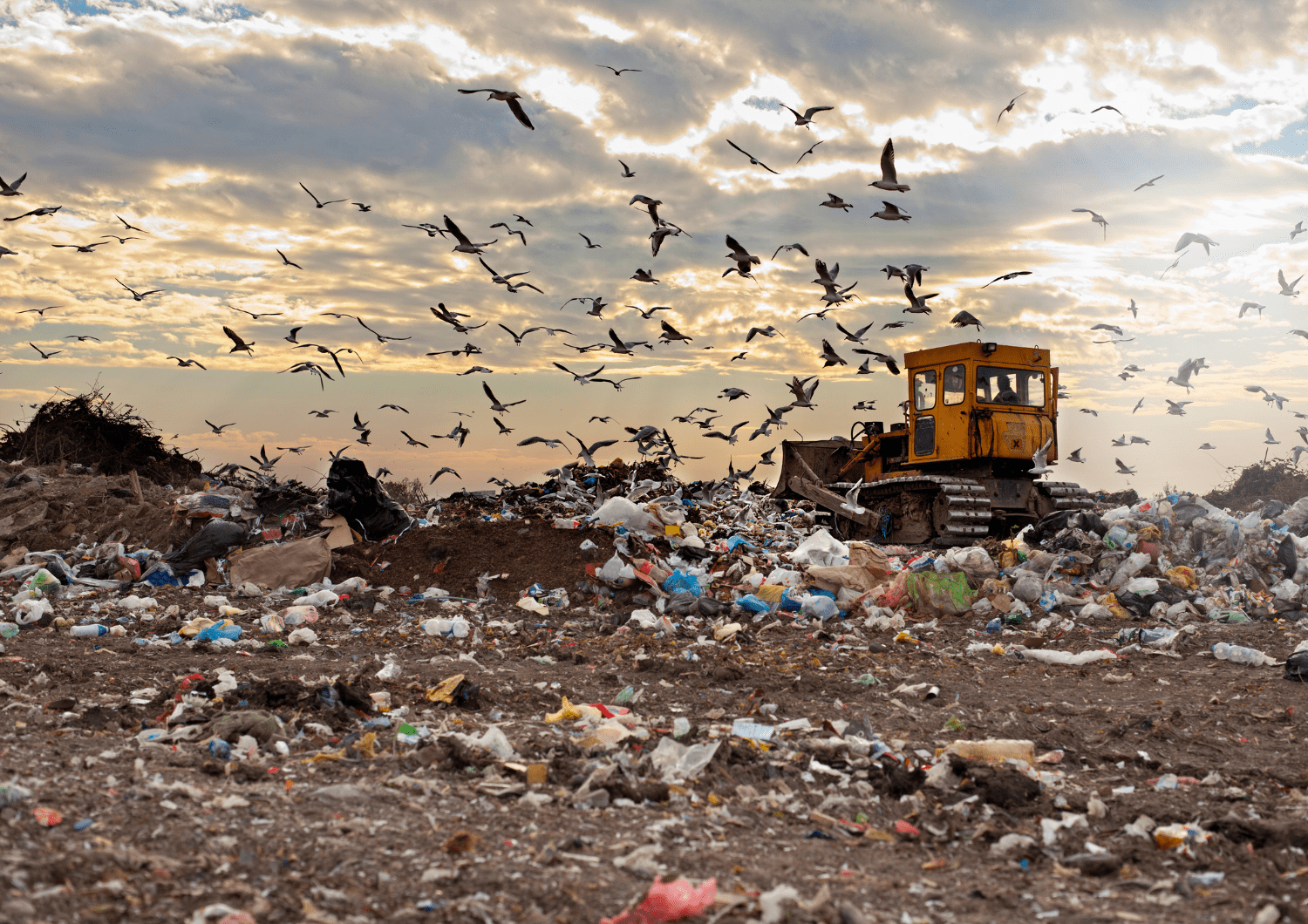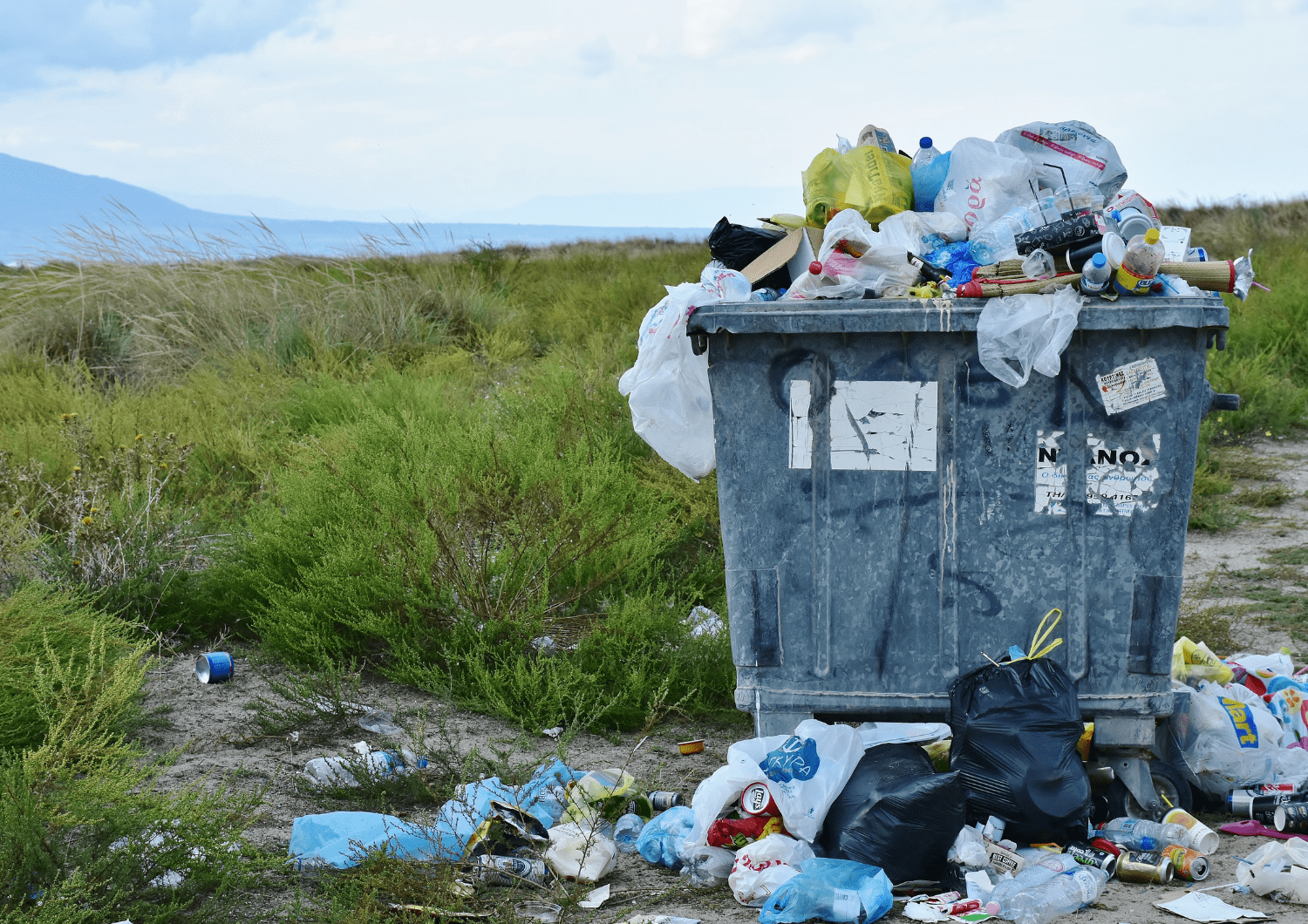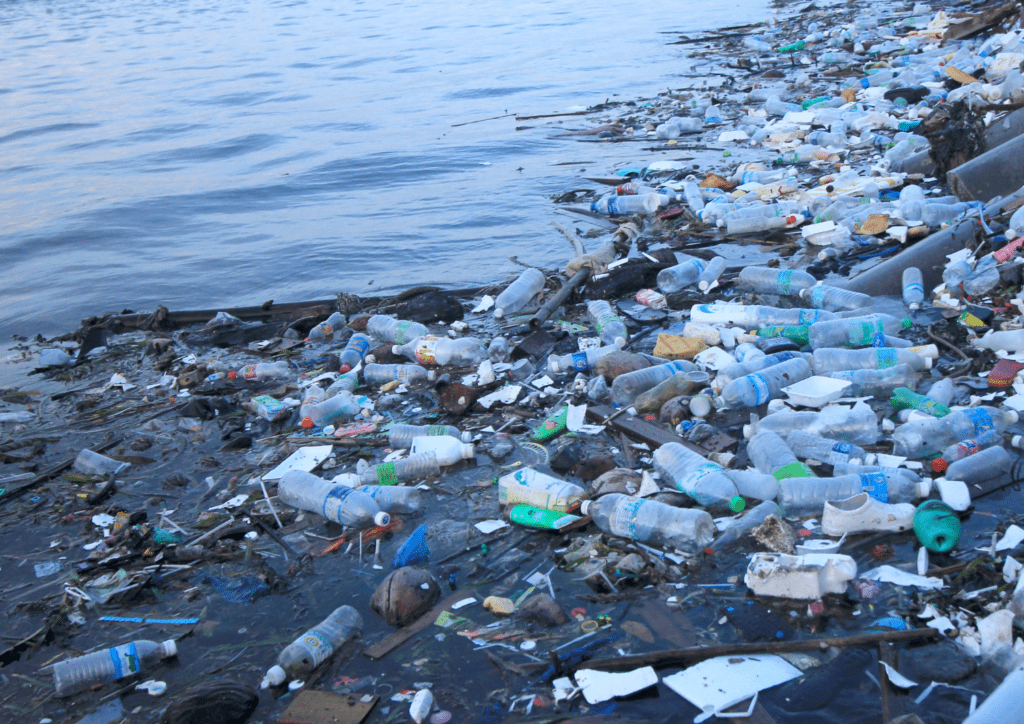You may have heard about a miracle cure for plastic waste that creates green energy in the process—the mystical waste incinerator. It almost sounds too good to be true, doesn’t it? Well, unfortunately, that’s because it is.
We know how many people want to rid the world of plastic waste and shift to sustainable energy. We want that too. And, in theory, we can see why burning garbage to generate energy might seem like the answer. But there really is no miracle cure for waste. The only solution to the plastic pollution crisis is to stop plastic waste before it starts.
We understand you probably have some burning questions about waste incinerators. We’re here to answer them.
Is burning plastic better than throwing it away in landfill?
The short answer is no.
Nobody likes landfills. They’re smelly and take up a lot of space. As the waste breaks down, it generates climate-warming emissions, including methane. The main purpose of the landfill is to take your garbage away so you don’t have to think about it anymore—unless you happen to live nearby.

But let’s be clear: burning plastic is not a safe, green or economic alternative to landfills.
It may seem like waste takes up less space if you burn it, but all we’re really doing is transforming that waste into something else that’s just as bad…and sometimes worse. Burning waste—especially plastic waste—generates toxic and climate-warming gases that fill our air, our lungs and our atmosphere, warming the climate and making people sick. And then there’s the 20 per cent or so that’s left over as ash that still has to be landfilled in the end.
The terrible truth is that incinerators tend to be located in vulnerable communities with higher-than-average proportions of low-income people, people of colour, and/or Indigenous people. These communities are often already exposed to lots of air pollution from things like other industries, airports, and nearby highways. What’s more, burning waste generates the most toxic substances known to science, dioxins and furans. These toxic chemicals accumulate in the environment and our bodies, causing cancer and other diseases.

In fact, health authorities in the Paris region, home to a 700,000-tonne/year waste incinerator, recently told residents not to eat homegrown eggs because of high levels of dioxins and furans that had contaminated the surrounding area.
Hang on, don’t new incinerators have filters that prevent pollution?
They do have filters, but filters don’t eliminate pollution entirely. The truth is, all waste incinerators are permitted to emit some pollution – and reports on even the most up-to-date incinerators show they are emitting more pollution than people thought.
Pollution monitoring data from Canada’s newest waste incinerator, located east of Toronto, showed releases of dioxins and furans 12 times greater than permitted in 2016. The local community has been trying to get fulsome data about emissions from the facility since that time. Similarly, a study from the Netherlands based on long-term testing also showed the country’s newest facility is emitting much higher levels of dioxin and furans than is allowed by European law.
Pollution control is expensive and air pollution regulations are not strict enough. Time after time, nearby communities are left guessing about what is really coming out of their local incinerator.
But is burning waste cheaper than landfill?
No. Burning waste (known as incineration) costs a whole lot more than landfills. It also costs more than taking steps to reduce the amount of waste we’re making in the first place. In fact, incinerators cost so much to build and maintain that they need a constant and guaranteed supply of waste for many years to come. That means they actually encourage the creation of more waste and work against waste reduction policies that can save money.

Ok, but can’t we make clean energy from burning waste?
Sorry, but no again.
The world is trying to get away from burning fossil fuels for energy because it’s a major source of air pollution and greenhouse gas emissions. But burning garbage is really just more of the same because it contains so much plastic, which is made from … fossil fuels! A recent study shows that waste incineration causes the most greenhouse gas emissions for each unit of electricity when compared to generation from other fossil fuels.
And, remember, burning garbage results in more than just climate-warming emissions. There’s all the other toxic chemicals, including cancer-causing dioxins and other air pollutants that contribute to asthma and lung disease.
So, what is the solution?
The key is to reduce the amount of waste we generate in the first place. By doing this, we stop the problem before it starts. Generating less waste means we don’t rely so heavily on things like landfills and incinerators. Not to mention the amount of waste we can prevent from ending up littered in the environment!

There are a number of practical solutions that are being worked on right now in Canada and around the world:
-
- Eliminate harmful and unnecessary single-use plastics (Canada is off to a good start with the first round of single-use plastic bans).
- Replace single-use items (like plastic packaging) with durable goods that can be reused and repaired without becoming waste.
- Ensure waste is properly sorted in households, businesses and institutions so that recyclable and compostable materials don’t end up in the garbage.
- Focus on increasing truly renewable, low-emission energy such as wind and solar power.
These are the practical and low-cost alternatives to landfills and incinerators that deserve our focus and support. Burning waste is just another false solution being pushed by the plastics and waste management industries. Don’t be fooled.
Want to take a deeper dive on the problems with waste incineration in Canada, including a case study on Vancouver and cautionary tales about failed projects from across the country? Click here.









